SFN GC 2021
Recent articles
Lost sleep sparks lasting social problems in SHANK3 mice
Sleep disruption early in life has long-lasting consequences for mice missing a copy of the autism-linked gene SHANK3.
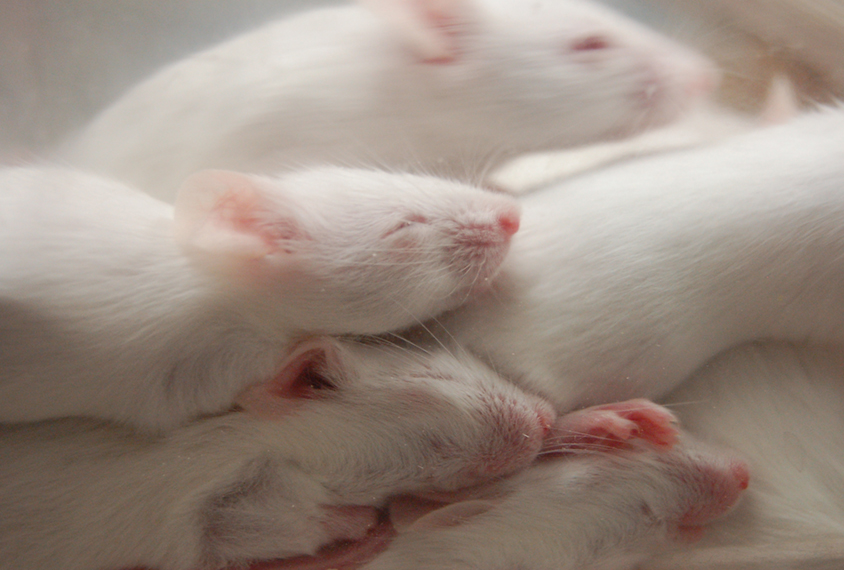
Lost sleep sparks lasting social problems in SHANK3 mice
Sleep disruption early in life has long-lasting consequences for mice missing a copy of the autism-linked gene SHANK3.
Organoids show how mutations in top autism gene may lead to brain overgrowth in people
The loss of CHD8, a top autism gene, speeds up the production of certain neurons and leads to overgrowth in spheres of cultured brain cells.
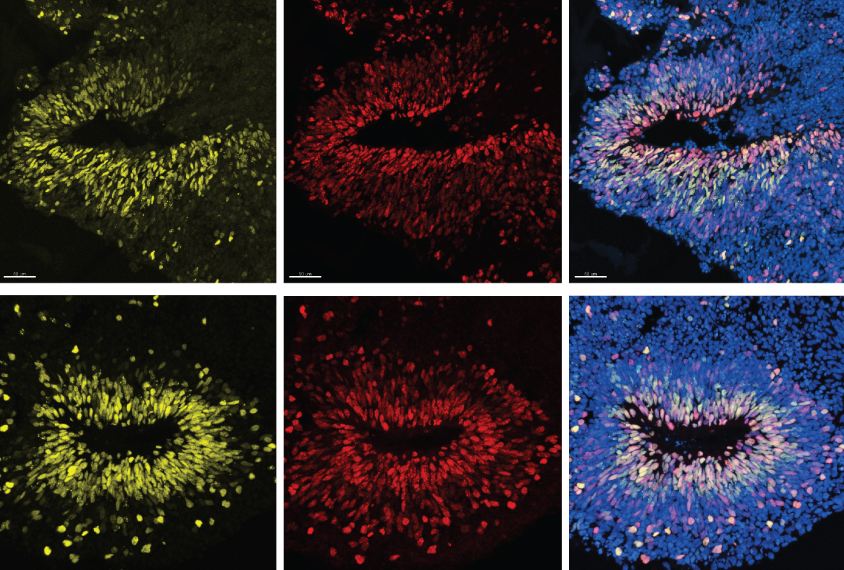
Organoids show how mutations in top autism gene may lead to brain overgrowth in people
The loss of CHD8, a top autism gene, speeds up the production of certain neurons and leads to overgrowth in spheres of cultured brain cells.
Oxytocin alters brain activity to boost sociability in mice missing autism gene
Infusions of the hormone oxytocin may make mice that model autism more social by normalizing their brain activity patterns.
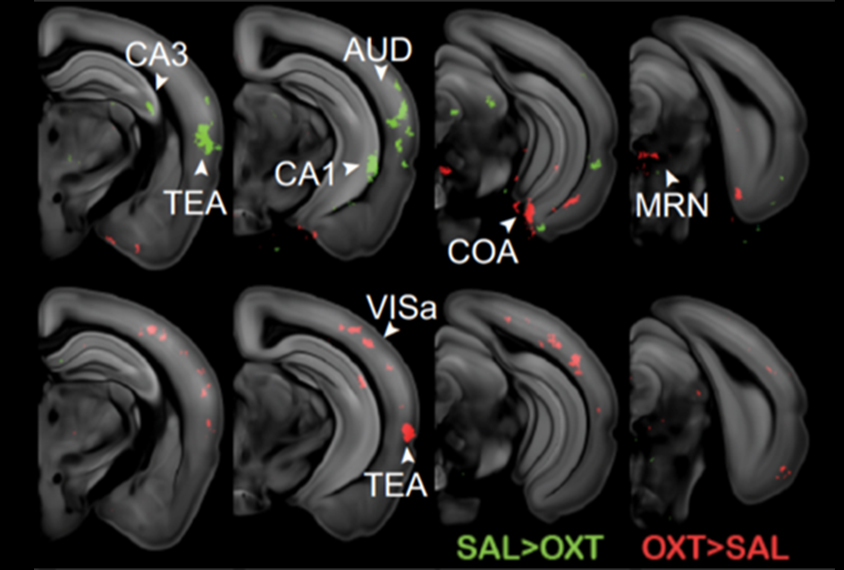
Oxytocin alters brain activity to boost sociability in mice missing autism gene
Infusions of the hormone oxytocin may make mice that model autism more social by normalizing their brain activity patterns.
Community newsletter: All about SfN Global Connectome
We dove into what people on social media thought about the SfN Global Connectome 2021 conference -- and its virtual format.
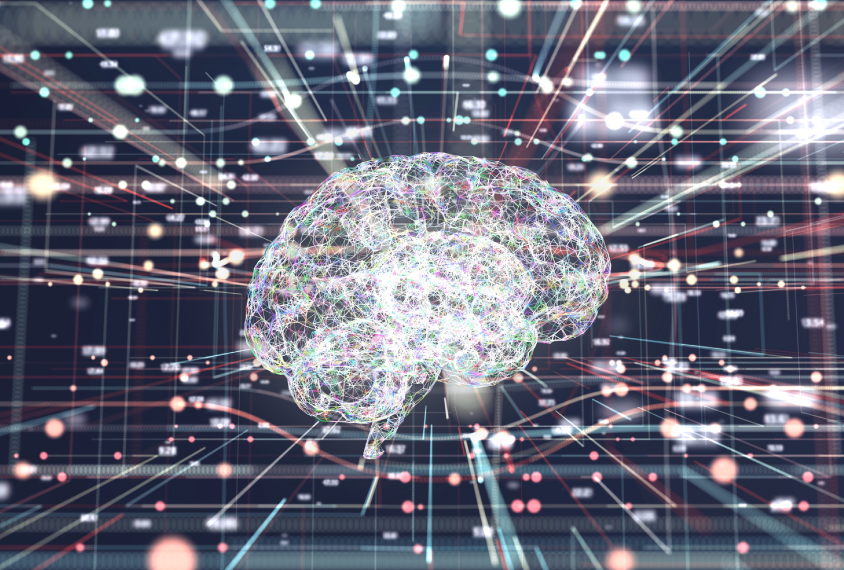
Community newsletter: All about SfN Global Connectome
We dove into what people on social media thought about the SfN Global Connectome 2021 conference -- and its virtual format.
Highlights, missed opportunities: SfN by the tweets
Participants video chatted and tweeted their way through the Society for Neuroscience’s three-day virtual conference this week.
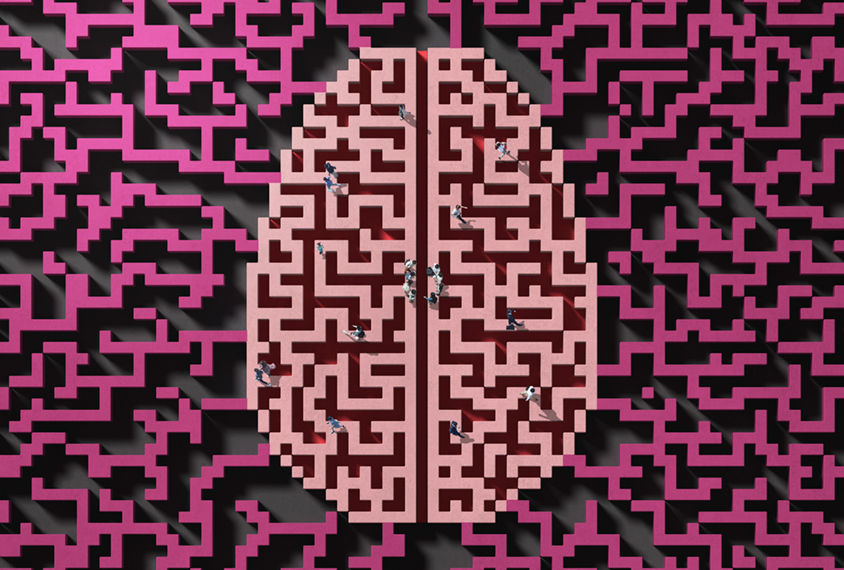
Highlights, missed opportunities: SfN by the tweets
Participants video chatted and tweeted their way through the Society for Neuroscience’s three-day virtual conference this week.
Autistic children may have trouble predicting movements
Autistic children may have a harder time catching a ball than non-autistic children do, possibly because they are less able to predict its trajectory.
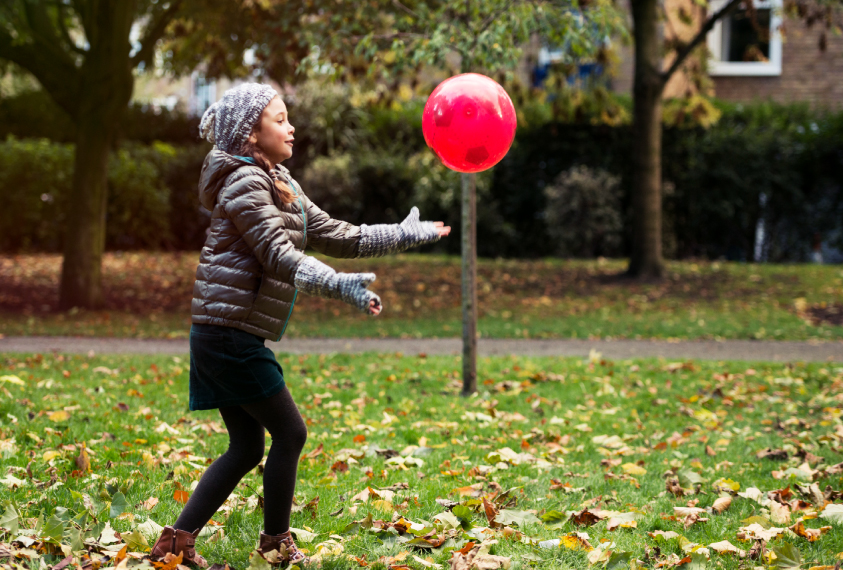
Autistic children may have trouble predicting movements
Autistic children may have a harder time catching a ball than non-autistic children do, possibly because they are less able to predict its trajectory.
Study hints at microbiome differences in children with autism
Children with autism may have a subtly different set of bacteria in their gut than their non-autistic siblings do.
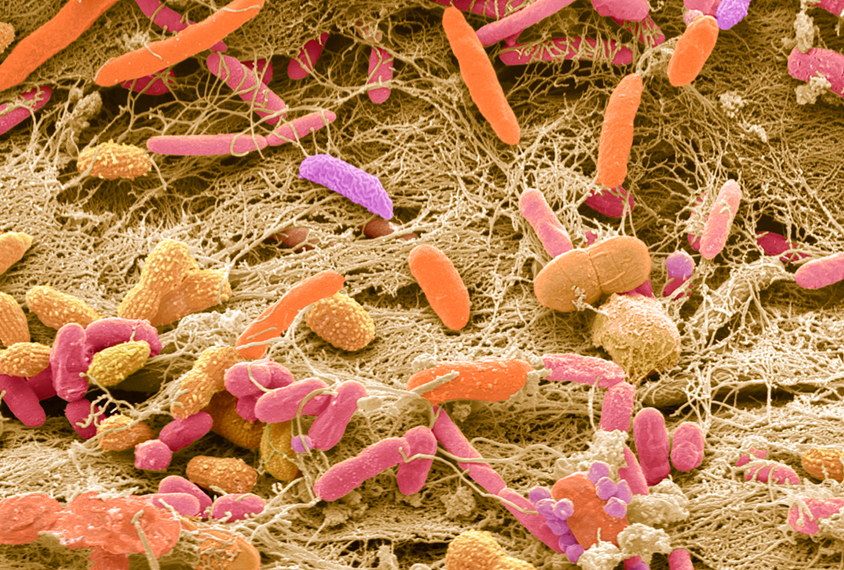
Study hints at microbiome differences in children with autism
Children with autism may have a subtly different set of bacteria in their gut than their non-autistic siblings do.
Autism protein may shape neuronal firing patterns
Cells with excess UBE3A, an autism-linked protein, have atypical firing properties that can be corrected by limiting the protein's levels, according to new research.
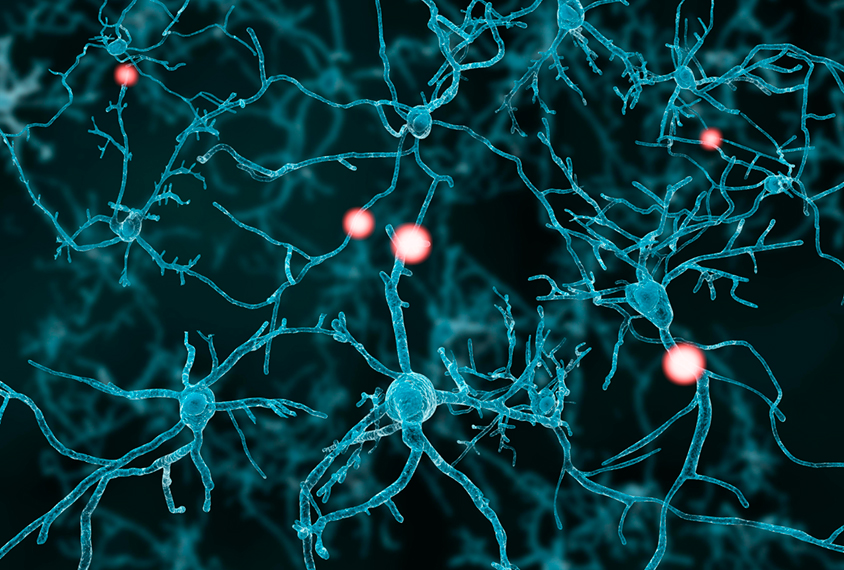
Autism protein may shape neuronal firing patterns
Cells with excess UBE3A, an autism-linked protein, have atypical firing properties that can be corrected by limiting the protein's levels, according to new research.
Inability to attend to cues may cause sensory challenges in fragile X mice
Sensory problems in people with fragile X syndrome may stem from hyperactive neurons, a mouse model study suggests.
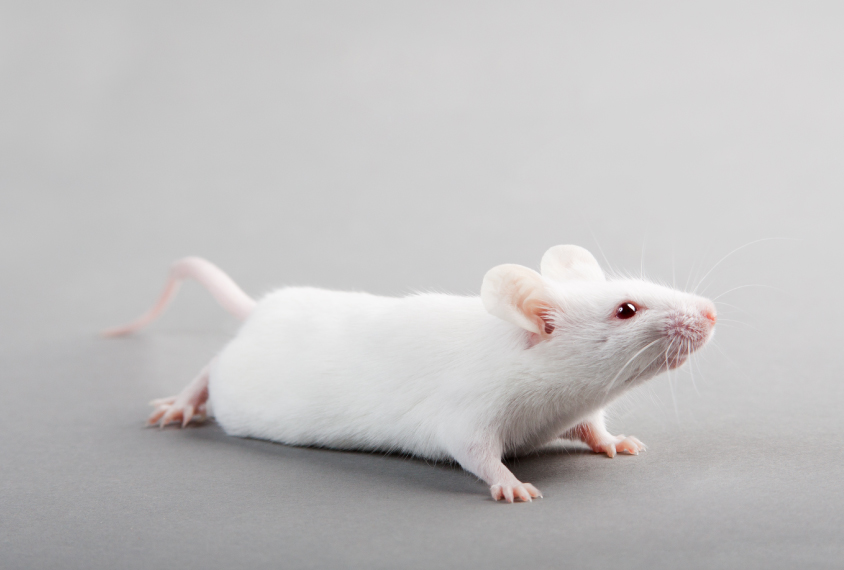
Inability to attend to cues may cause sensory challenges in fragile X mice
Sensory problems in people with fragile X syndrome may stem from hyperactive neurons, a mouse model study suggests.
Malfunctioning neurons mute sound processing in mouse model of Rett syndrome
Female mice missing a copy of the autism-linked gene MECP2 in a specific set of inhibitory neurons have a hard time heeding pups’ calls and herding litters.
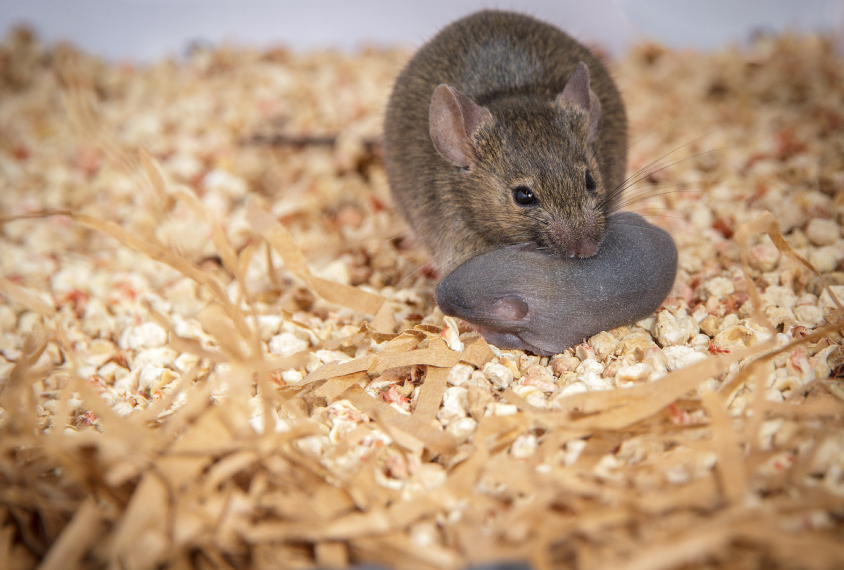
Malfunctioning neurons mute sound processing in mouse model of Rett syndrome
Female mice missing a copy of the autism-linked gene MECP2 in a specific set of inhibitory neurons have a hard time heeding pups’ calls and herding litters.
Explore more from The Transmitter
Expediting clinical trials for profound autism: Q&A with Matthew State
Aligning Research to Impact Autism, a new initiative funded by the Sergey Brin Family Foundation, wants to bring basic science discoveries to the clinic faster.

Expediting clinical trials for profound autism: Q&A with Matthew State
Aligning Research to Impact Autism, a new initiative funded by the Sergey Brin Family Foundation, wants to bring basic science discoveries to the clinic faster.
This paper changed my life: Shane Liddelow on two papers that upended astrocyte research
A game-changing cell culture method developed in Ben Barres’ lab completely transformed the way we study astrocytes and helped me build a career studying their reactive substates.
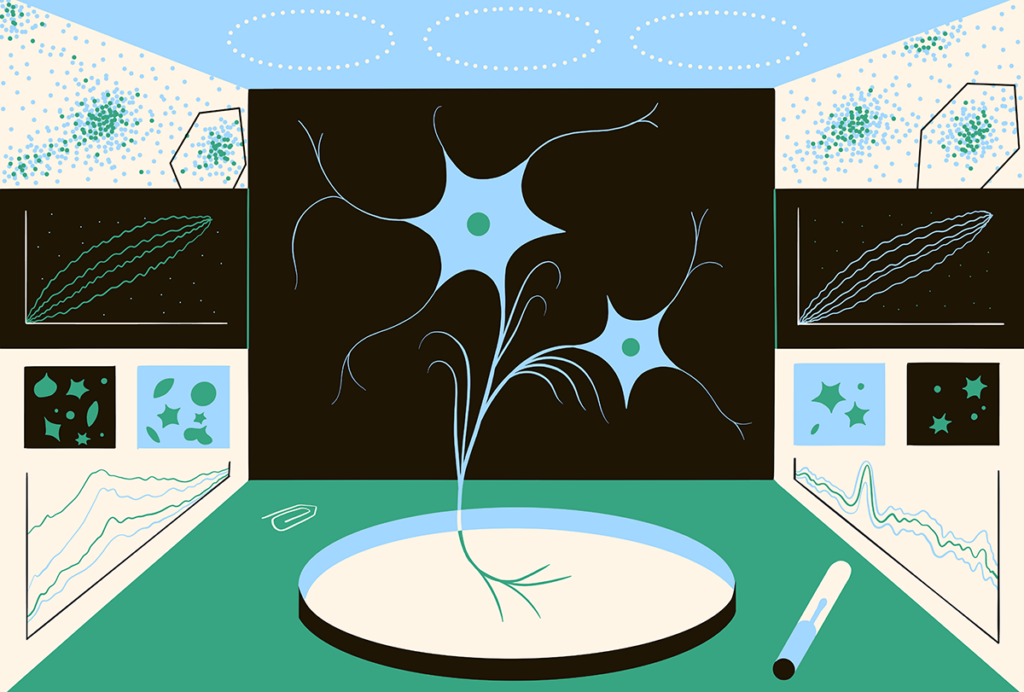
This paper changed my life: Shane Liddelow on two papers that upended astrocyte research
A game-changing cell culture method developed in Ben Barres’ lab completely transformed the way we study astrocytes and helped me build a career studying their reactive substates.
Dean Buonomano explores the concept of time in neuroscience and physics
He outlines why he thinks integrated information theory is unscientific and discusses how timing is a fundamental computation in brains.
Dean Buonomano explores the concept of time in neuroscience and physics
He outlines why he thinks integrated information theory is unscientific and discusses how timing is a fundamental computation in brains.